But, I have to tell you right up front that my heart is with the Native Americans. They were fighting for their survival (literally), for their way of life, for a culture that had existed for centuries on this land. The fate of these people was sealed when gold was discovered in the Black Hills and the settlers pushed westward supported by the Homesteading Act. But I digress...
We stopped first at the Visitor Center to check out the exhibits and see the 25-minute video that provides the background and overview of the battle. There is a self-guided tour through the monument grounds that we followed. Each stop has an interpretive sign (story of that particular spot) accompanied by a sign with the phone number and access code for an oral summary of that aspect of the battle. This is a great way to tour the battlefields.
Background: Little Bighorn Battlefield National Monument memorializes the major battle fought on June 25-16, 1876, between Lakata, Cheyenne, and Arapaho Indians, against the U.S. Army. The Army was carrying out the orders of the Grant Administration to remove the Lakota, Sioux, and Cheyenne to the Sioux Reservation in Dakota Territory. The Native Americans were fighting to preserve their way of life as nomadic buffalo hunters.
The primary leaders of the opposing forces were Sitting Bull, venerated leader of the Lakota (1831-1890) and George Custer, Lt. Col. and commander of the 7th Calvary (1839-1876). More than 260 soldiers (and attached personnel in the Army) met defeat and death in the battle against several thousand Lakota and Cheyenne warriors. Custer, as well as those under his immediate command, were among the dead. Accounts of how many Native Americans perished is estimated at 60-100, but is difficult to confirm because their fallen bodies were removed for burial immediately after the battle. Although this battle was won by the Native Americans, they war was ultimately lost on the preservation of their way of life.
The battle:
General Terry and Colonel Gibbon planned to approach Little Bighorn from the north. Terry ordered Custer to lead the 7th Calvary's approach from the south. The 7th Calvary (about 600 men) located the Indian camp the morning of June 25. The encampment was located in the distance on the flat land across the river.
Custer divided his regiment into three battalions, assigning three companies each to Major Marcus Reno and Captain Frederick Benteen, retaining five under his command.
Custer ordered Reno to cross the river and attack the Indian encampment; a strategy to use non-combatants (i.e, women, children, elderly, disabled) as hostages and/or human shields. A large force of Lakota warriors rode out and repelled Reno's advance, forcing him to retreat in disarray to a defensive position. The soldiers scrambled up these hills to higher ground.
Custer ordered Benteen to re-join forces with Reno's where they had retreated. This marker commemorates the location were they were besieged until the next day.
These Warrior Markers were placed where soldiers were fell in the battle. There is total of 265 white marble headstones throughout the area. These can be seen at this site.
In 1999, the Park Service began adding red granite markers of the Native American warriors who died to provide a more balanced view of the battle. Here is one located at this site.
Hearing the gunfire from Custer's companies engaged in battle, Captain Weir headed about a mile north but came under heavy attack and retreated to rejoin Reno and Benteen's companies. Photo of Weir Point.
Don't know where this horse came from, but suddenly came upon us on the side of the road.
Reno and Benteen's companies held their position for the rest of the June 25 and most of the next day until the Indians withdrew learning of the impending arrival of General Terry's and Colonel Gibbons' troops from the north.
Meanwhile, Custer's companies were surrounded and destroyed by fierce fighting. The battle lasted only an hour and Custer's 210 men were overrun. Many tried to escape to the Deep Ravine in the distance.
On the Last Stand Hill, Custer and approximately 41 men shot their horses to shield themselves and make a final stand.
On June 28, 1876, Custer and his command were hastily buried in shallow graves at or near where they fell. These are the Warrior Markers at Last Stand Hill.
This is Custer's marker where he was originally buried after the battle. Subsequently, he was re-interred at the U.S. Military Academy at West Point, NY.
And two more Warrior Markers of Native Americans who fell on Last Stand Hill.
In 1881 the remains of the rest of the command are buried in a mass grave around the base of the 7th Calvary Monument. The names of those in the 7th Calvary who died are engraved on the memorial.
Of the six companies under Reno and Benteen, 53 were killed and 52 wounded.
Following the battle, the Native Americans scattered to the north and south, although most returned to the reservations and surrendered in the next few years.
The Indian Memorial was dedicated in 2003 and completed in 2013. It is about 75 yards northeast of the 7th Calvary Monument. A circular earthwork carved into the prairie, it is a beautiful remembrance to the Native American warriors who also died in this battle. The surrounding inside walls display the names of those who fell along with some additional quotes and information about each of the tribes.
Several of the granite panels in the Memorial. This first one is about Sitting Bull and the Lakota.
Arapaho ad Cheyenne.
The Spirit Warrior sculpture represents the warriors that fought in the battle. Beautiful in person!
Finally, there is a national military cemetery that was established in 1896 at this National Monument. Many of those who served in other Indian battles as well as veterans of the Spanish American War, WWI, WWII, and Korean War are buried here (it is currently a closed cemetery).
Overall, this was a very somber place to visit. The exhibits in the Visitor Center and self-guided tours were very helpful in understanding what happened here. There are also ranger talks and bus tours available for those interested.
Admission to the national monument is $10/per vehicle. As I have stated before, John has a senior pass that gets us into all National Park Service locations for free.
Website: www.nps.gov/libi

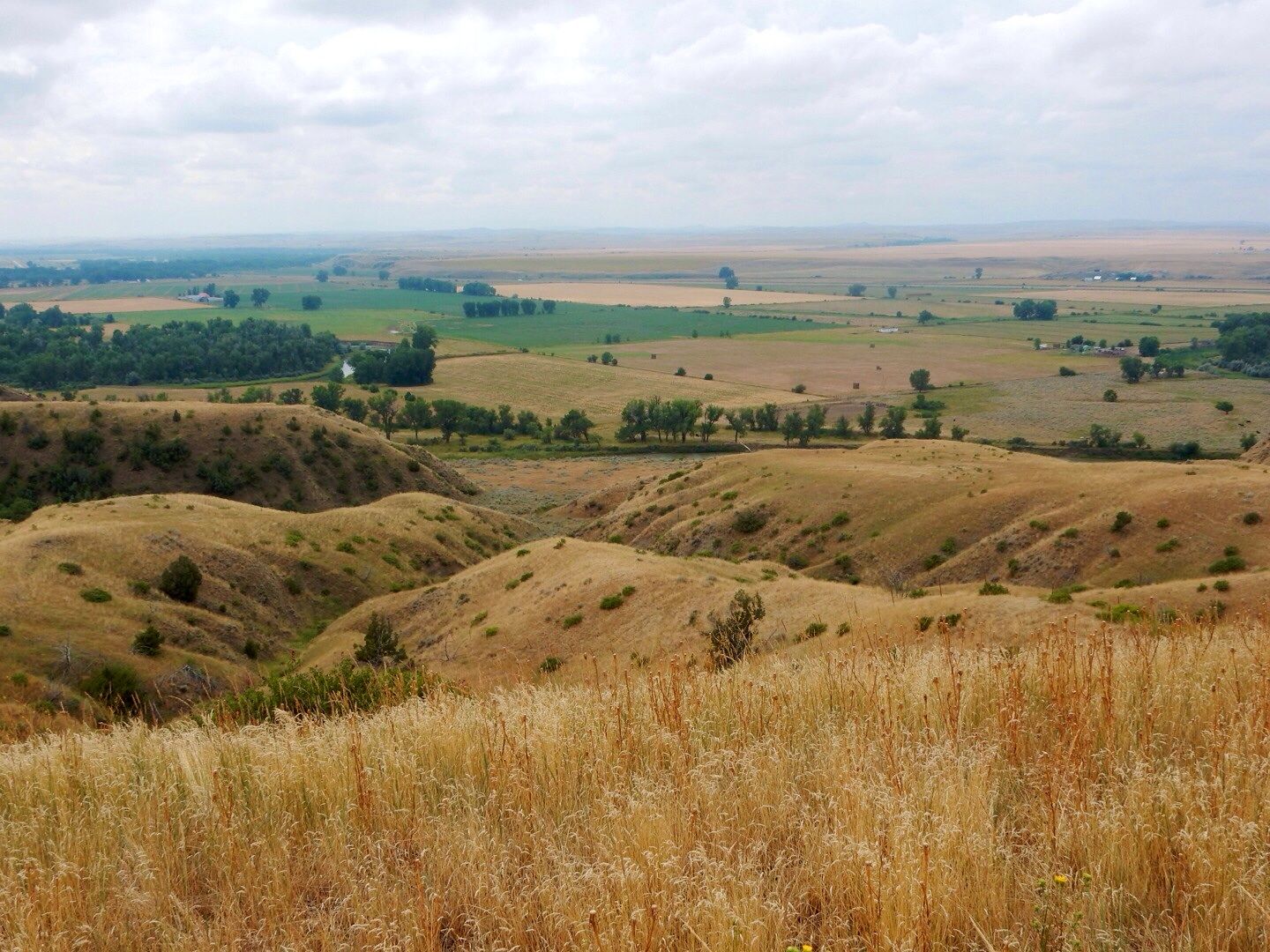


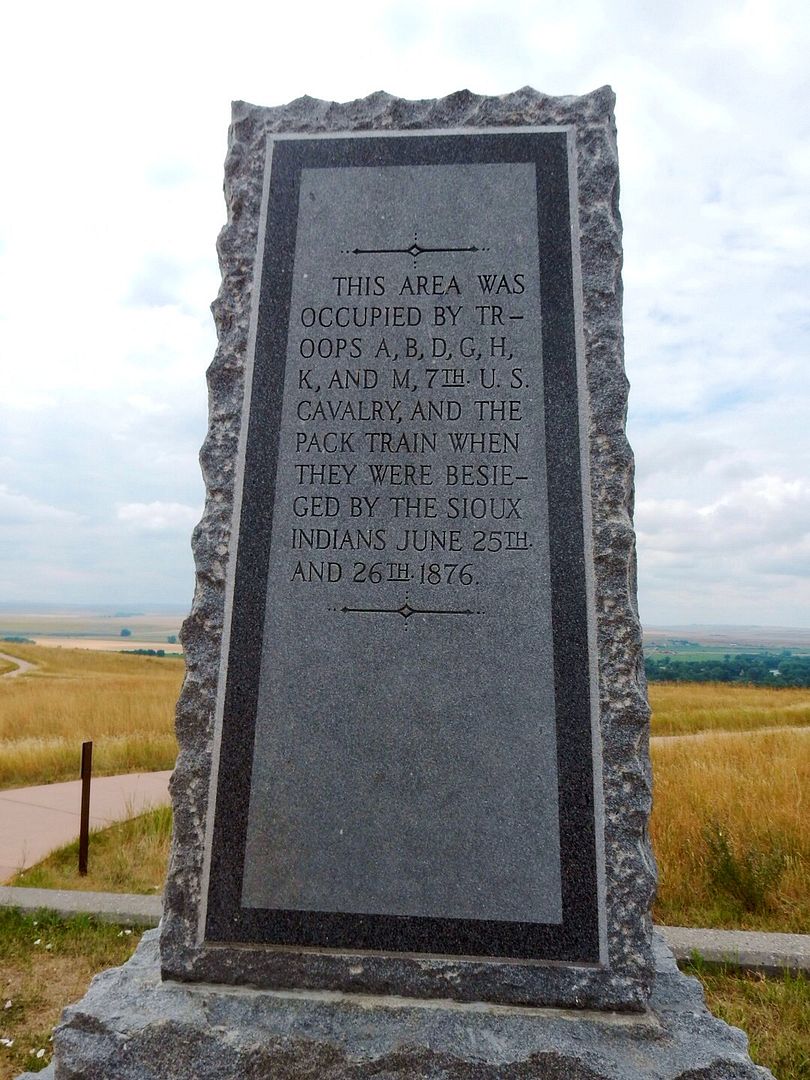
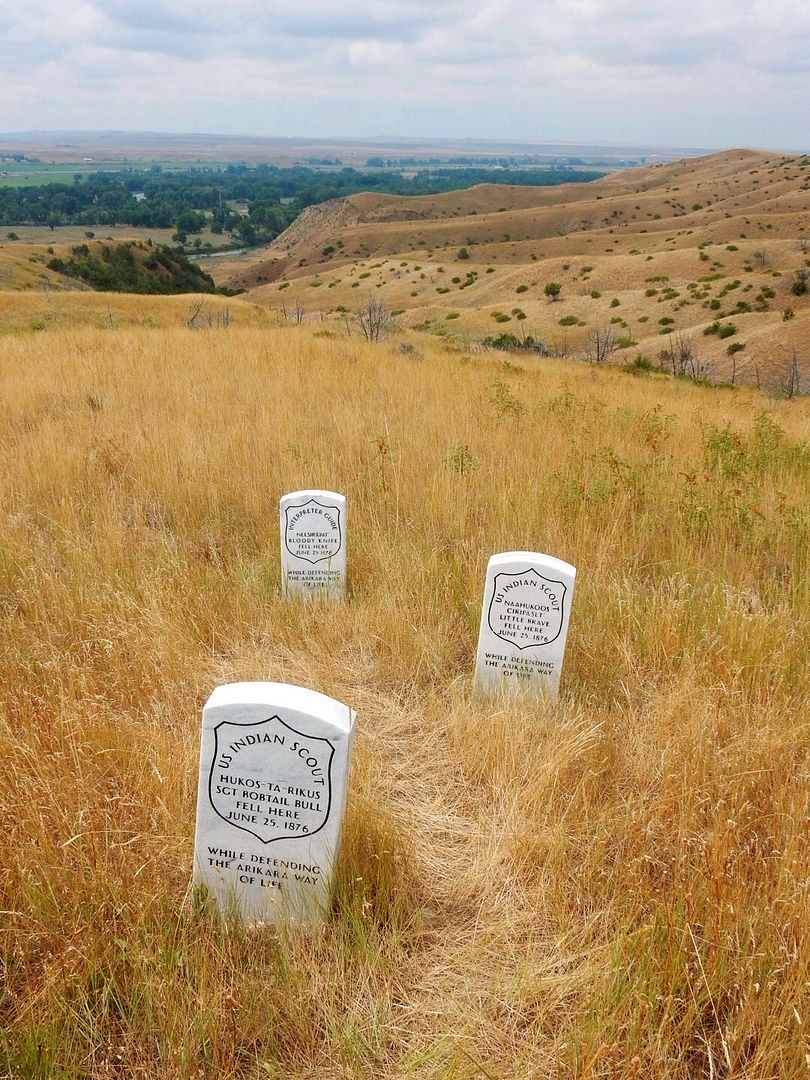


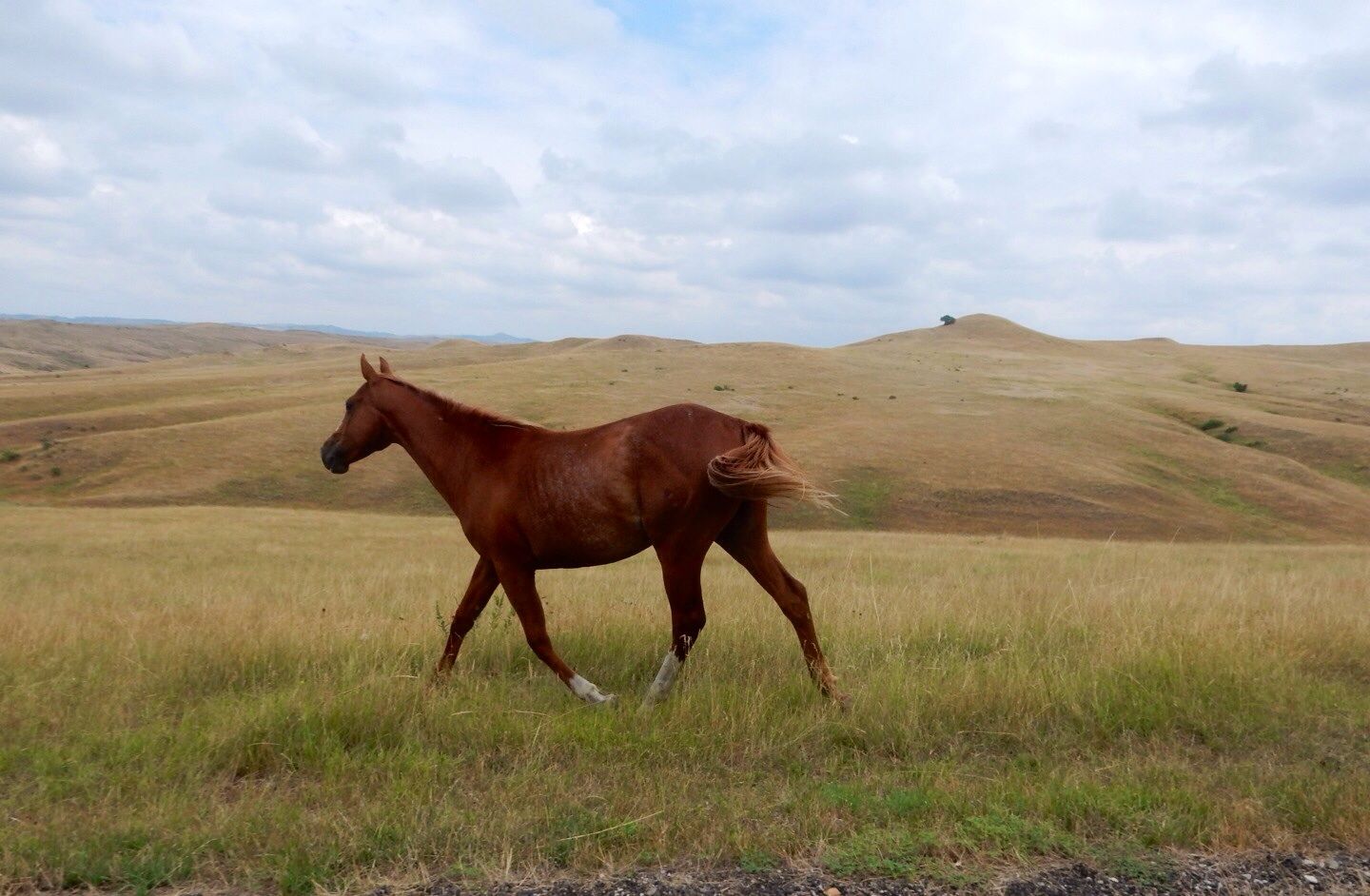
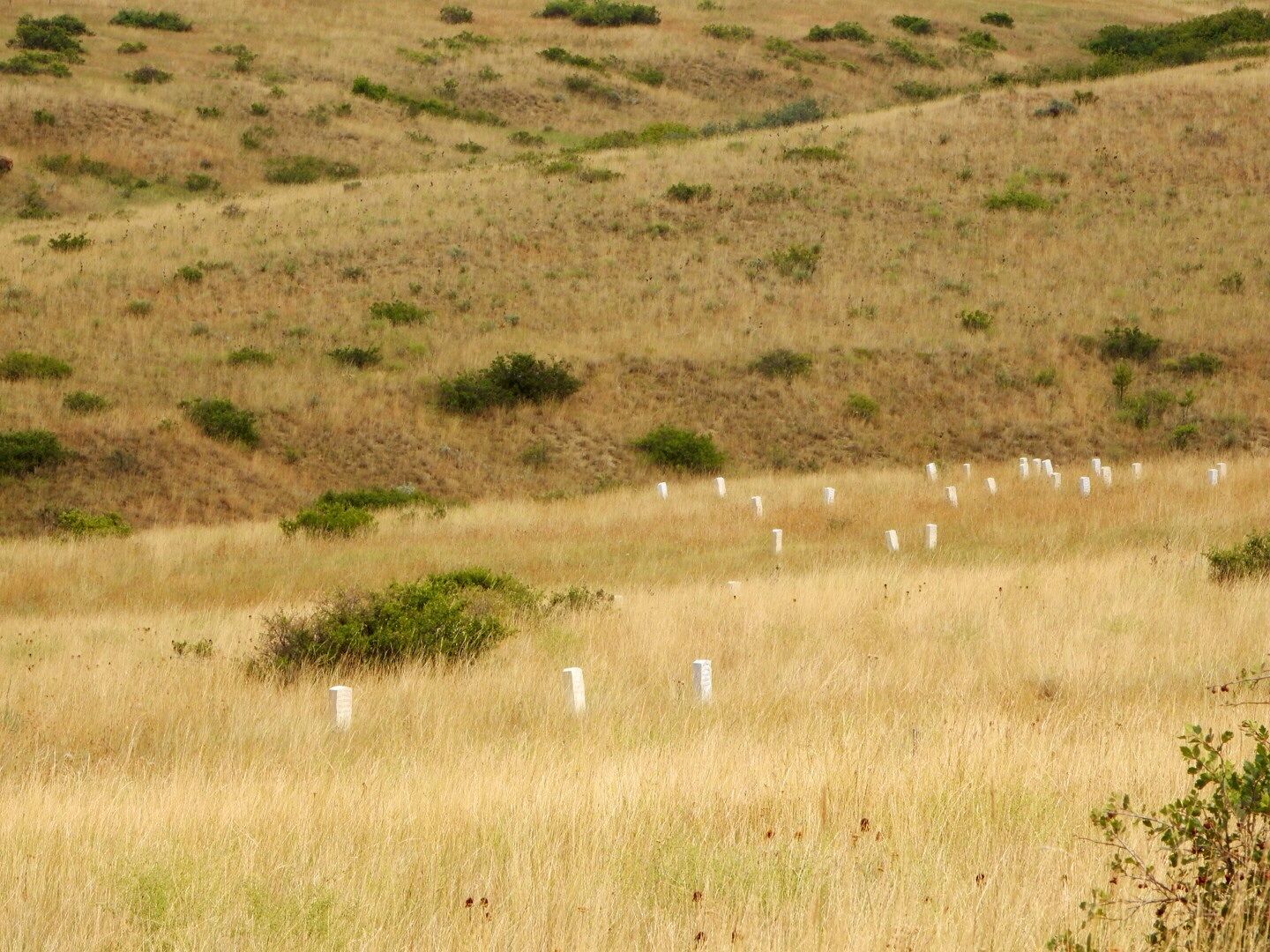
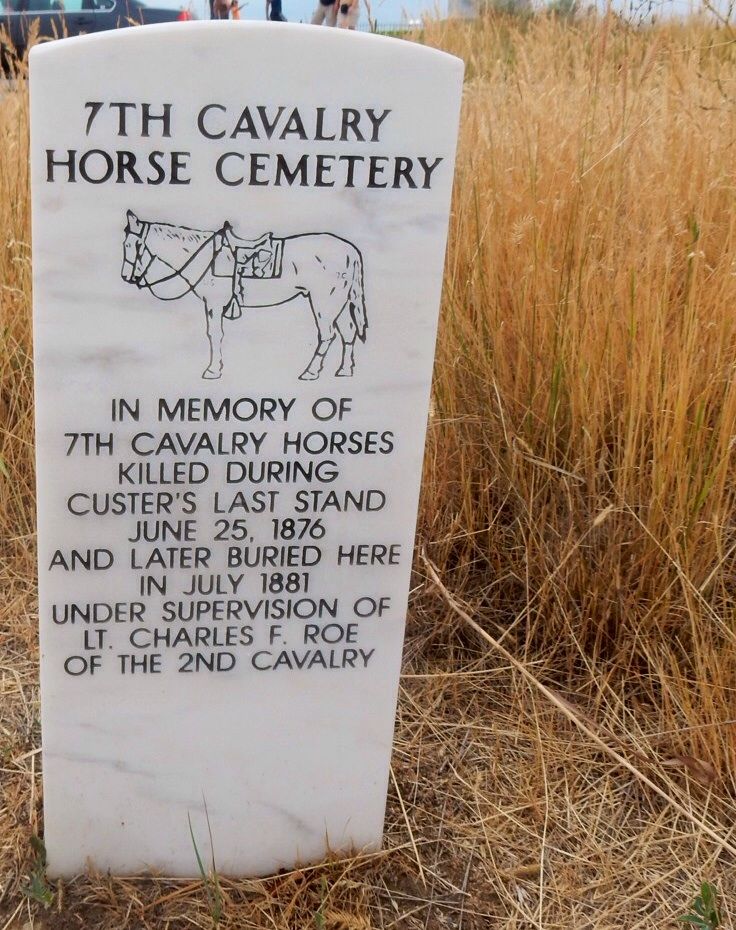
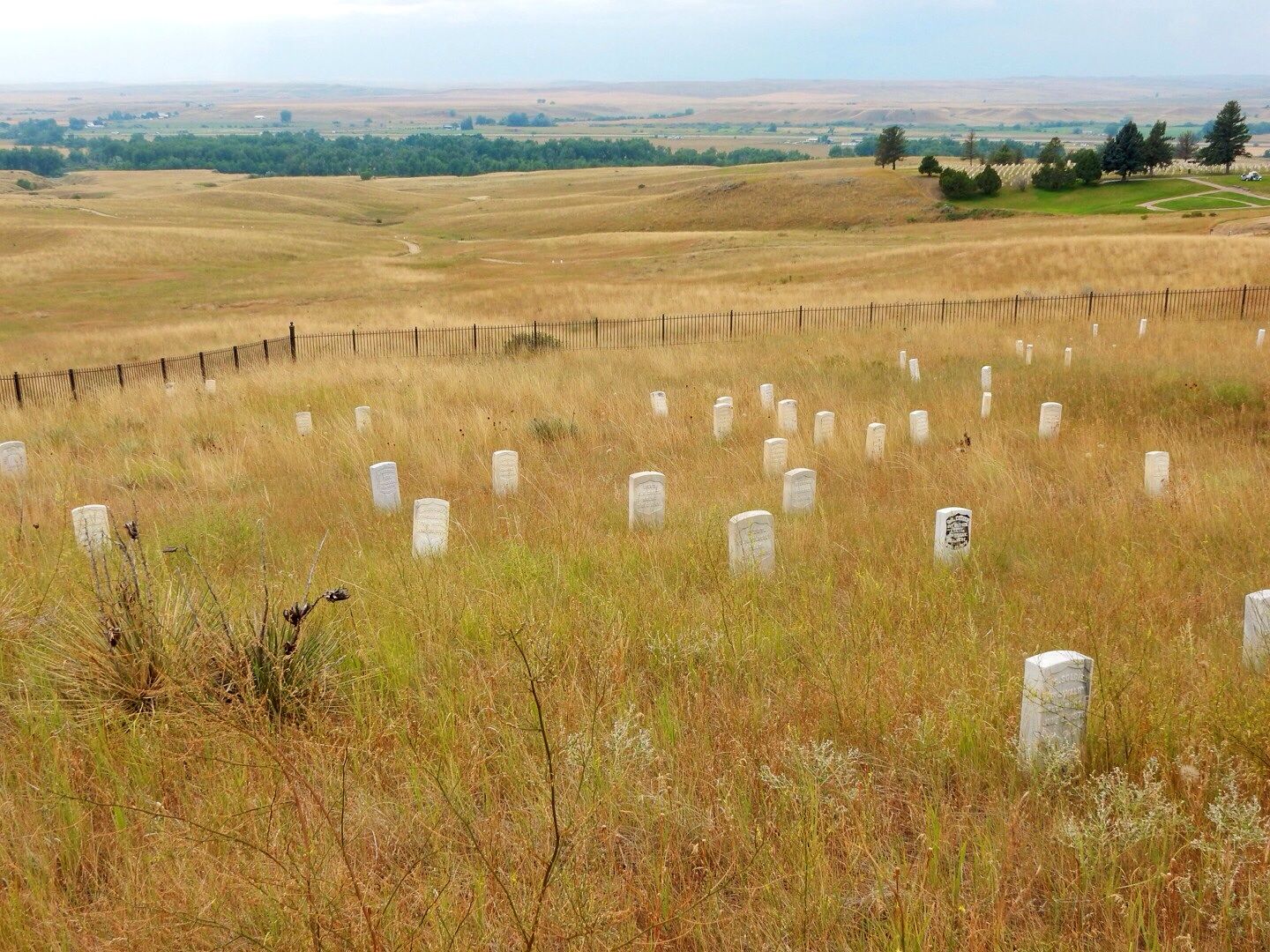






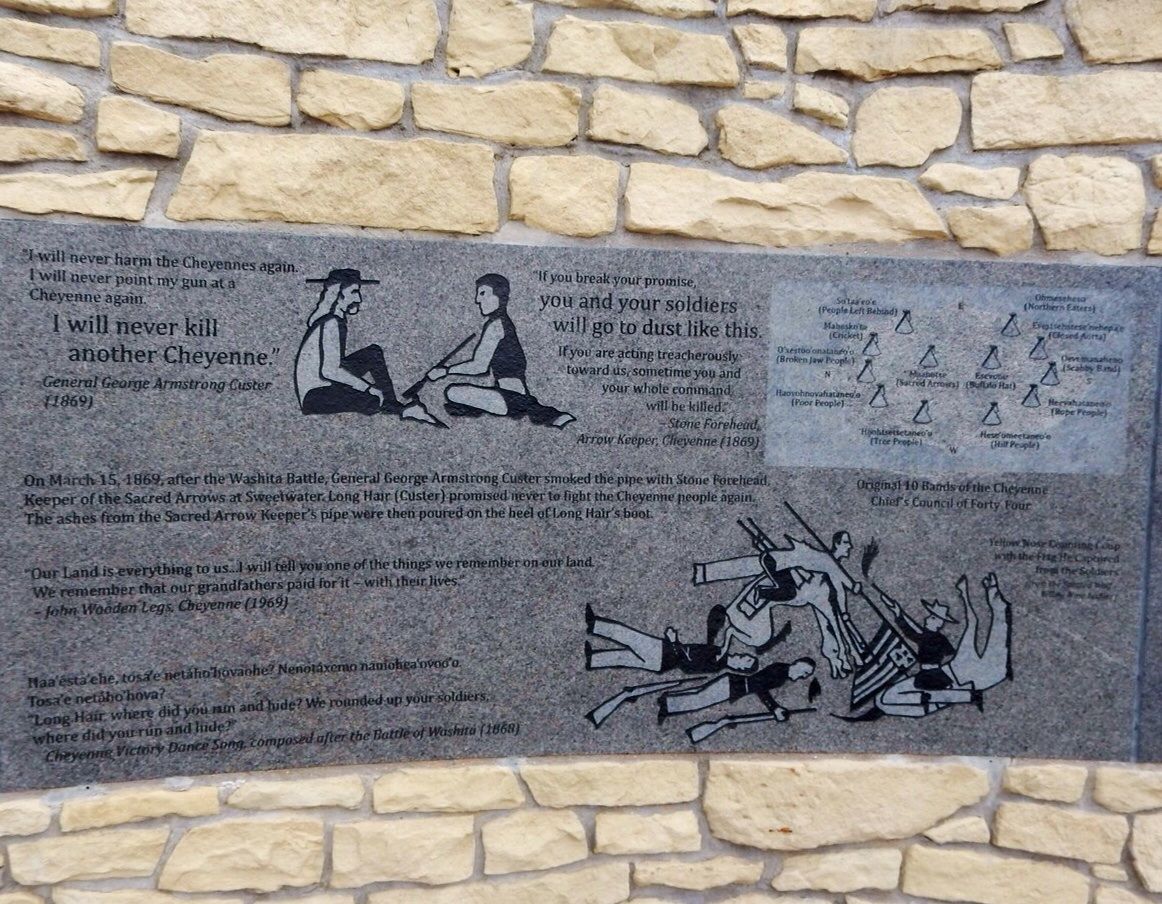
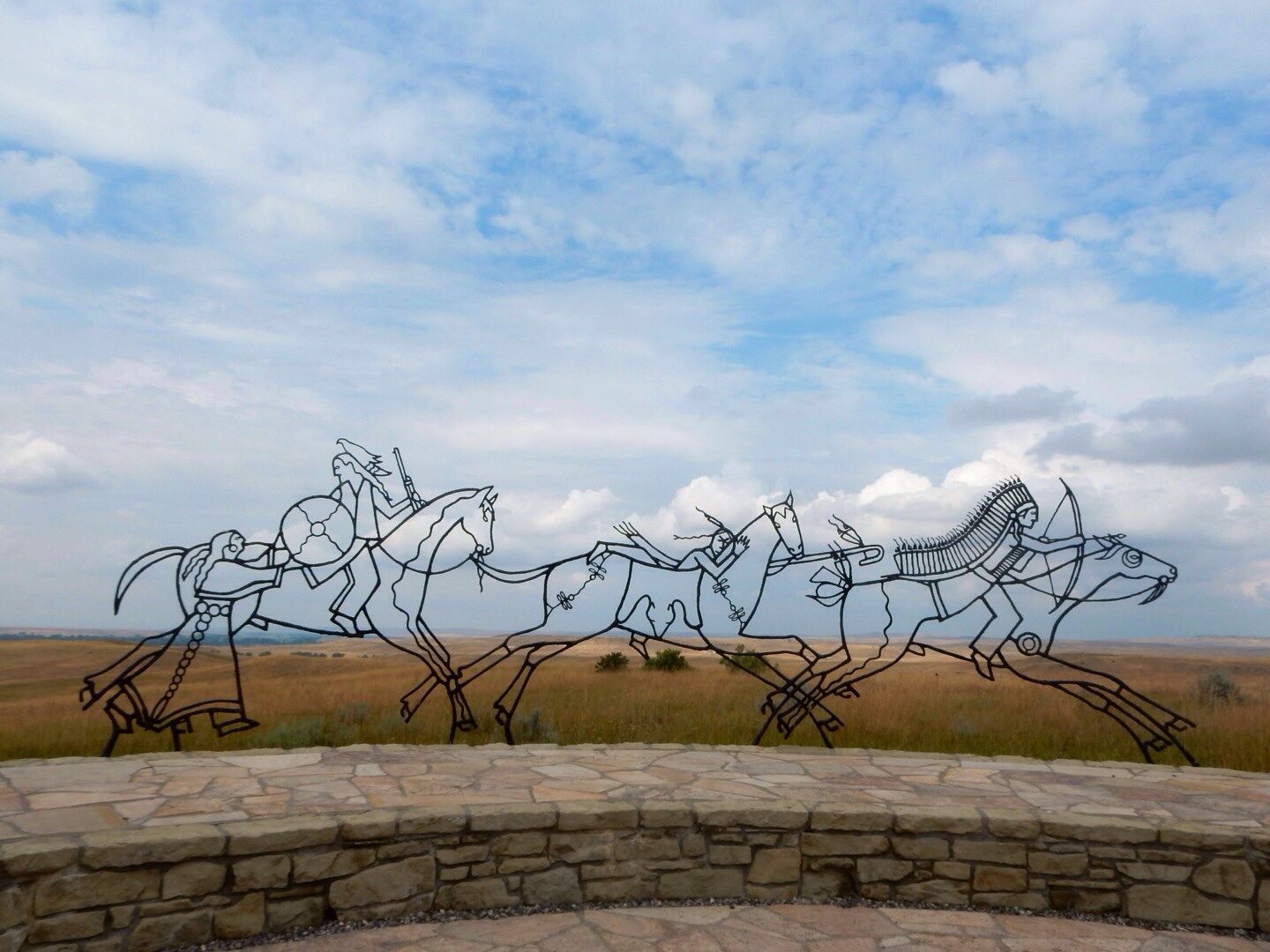

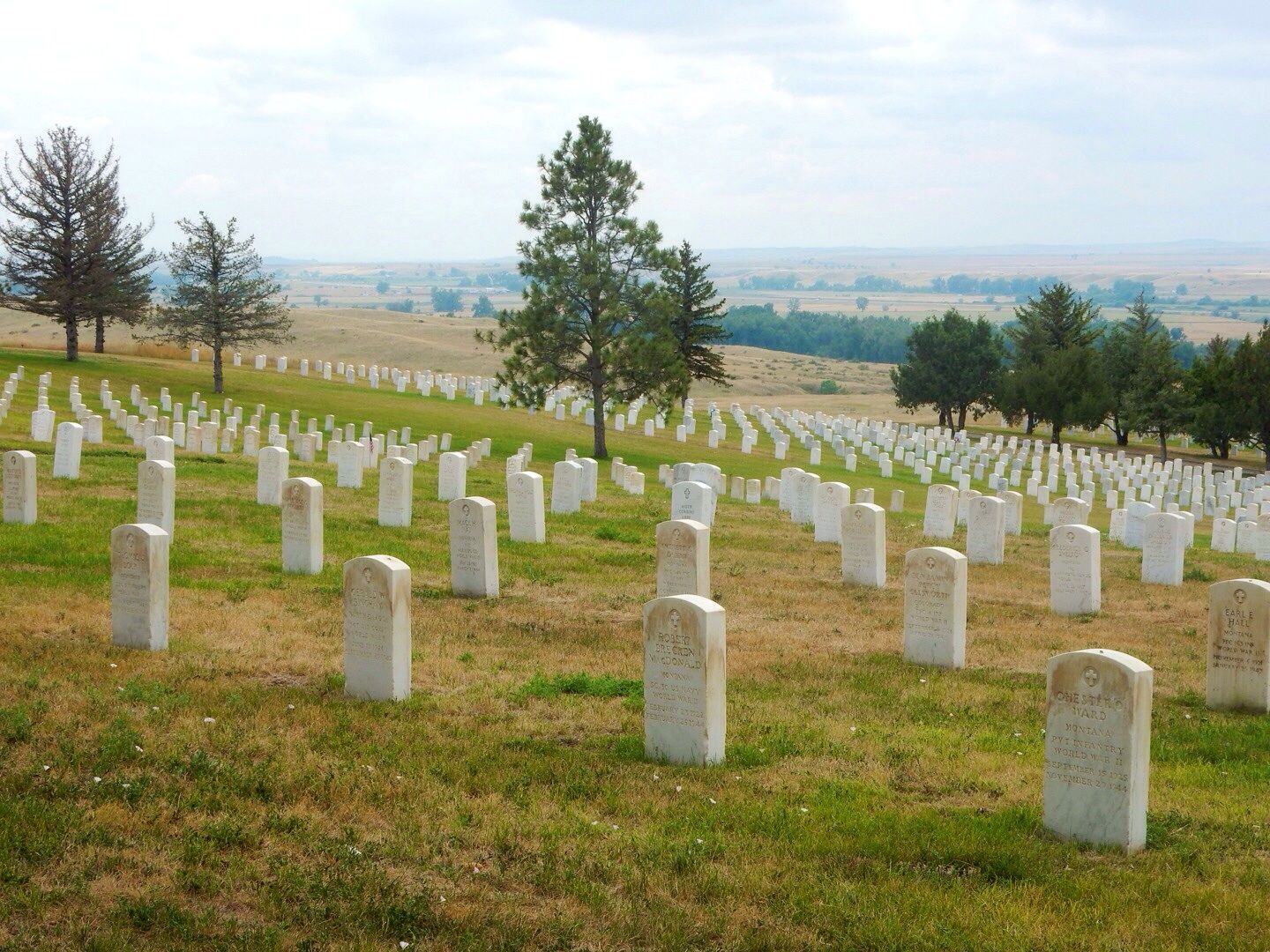

No comments:
Post a Comment